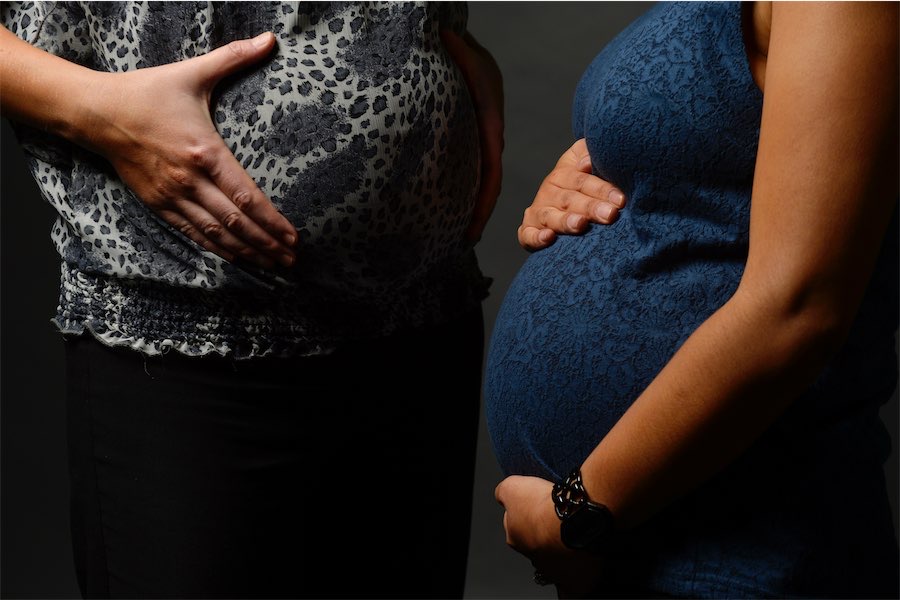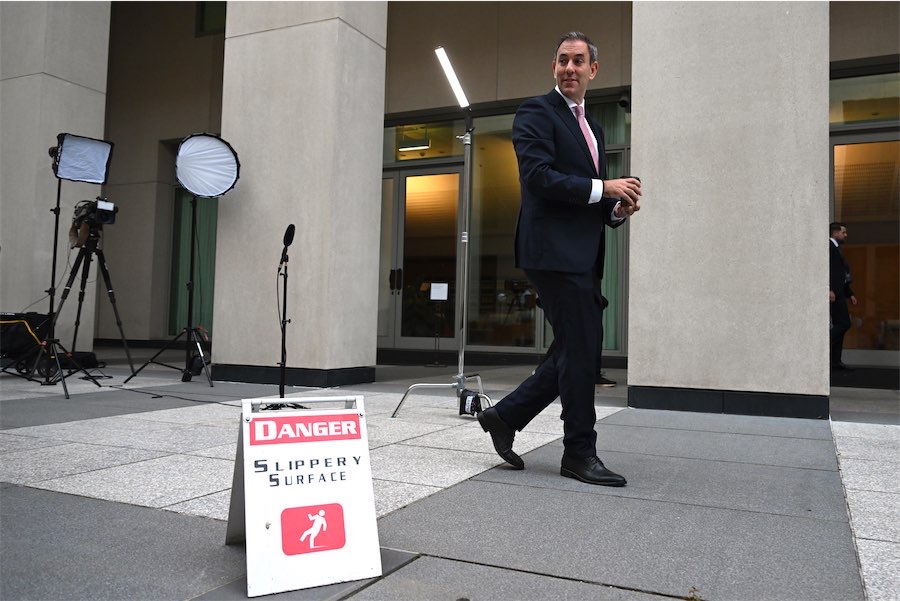
By Holly Hales
Australia should implement a national plan for fertility care to bolster the country’s IVF services amid a plummeting birth rate.
The insight comes from a review by former health minister Greg Hunt and public health expert Rachel Swift released on Sunday as part of FSANZ 2024, the annual conference of fertility and IVF experts in Perth.
Its 34 recommendations included the need for uniform laws into Assisted Reproductive Technology (ART) and IVF sectors across states, territories and the Commonwealth as well as the development of a national fertility plan.
Fertility Society president Petra Wale said a national plan would remove some financial barriers to fertility treatments and equalise access to services for Australians regardless of which state they live in.
“If it was a consistent approach, companies could focus on providing patients with the care they need and helping them become parents, which is really the end goal,” she told AAP.
“Look around your group of 10 friends and one or two will struggle to conceive.
“A national approach to fertility would give your friends, or you, if you happen to be that one in six (the statistic of people who suffer infertility), to realise the dream of having a family and an affordable rate.”
In addition, the review highlighted the need for a single national register and genetic bank for donors and donor-conceived individuals.
This register would provide a centralised system for tracking and accessing critical genetic information, ensuring medical professionals and individuals were alerted to important hereditary conditions.
Australia’s birthrate has dropped by more than half in the past 60 years, from 3.5 births per woman in 1960 to 1.63 in 2022.
This declining fertility figure is associated with a decreased overall birth rate and the median age of the mother increasing over the last half-century, from 25.4 in 1971 to 31.9 in 2022.
An increasing median age for new mothers and advancements in technology will push up the number of children born by ART and IVF over the next decade, according to the review.
There are more than 40 different pieces of legislation governing ART and IVF practices across Australia.
In 2021, 20,690 babies were born in Australia and NZ through IVF.
Who can be trusted?
In a world of spin and confusion, there’s never been a more important time to support independent journalism in Canberra.
If you trust our work online and want to enforce the power of independent voices, I invite you to make a small contribution.
Every dollar of support is invested back into our journalism to help keep citynews.com.au strong and free.
Thank you,
Ian Meikle, editor









Leave a Reply